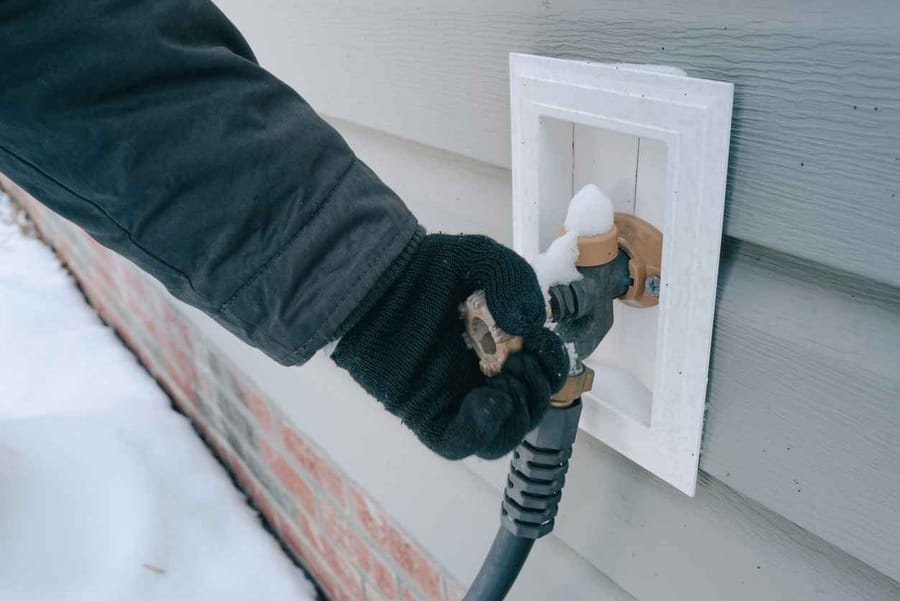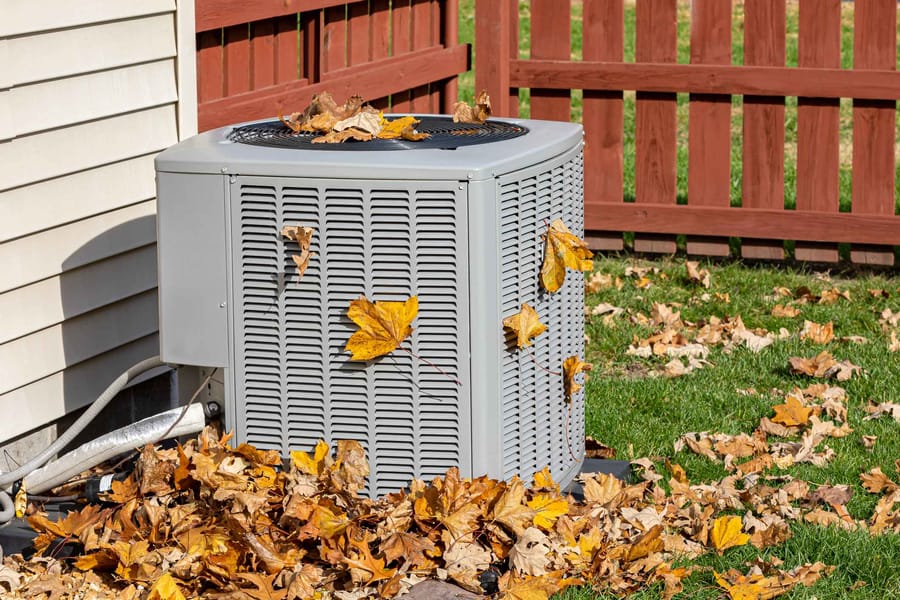Financing Available
Why Are My Lights Flickering? What Lansdale Homeowners Should Know About Electrical Overloads and Loose Wiring
Flickering lights may seem like a small inconvenience, but they often signal a deeper electrical issue that should never be ignored. For homeowners in Lansdale, flickering can occur for several reasons, including overloaded circuits, loose wiring, aging electrical panels, or even faulty fixtures. Some causes are minor, while others can create serious safety hazards if left unresolved.
Electrical problems tend to start subtly, and flickering lights are usually one of the earliest warning signs that something is not quite right. Understanding what causes this issue and when it becomes dangerous helps you protect your home from electrical failures, fire risks, and costly repairs.
In this blog, we will explore the most common reasons lights flicker, the dangers of electrical overloads, how loose wiring contributes to the problem, and what steps Lansdale homeowners should take when flickering appears. With the right knowledge and timely action, you can keep your home safe and ensure your electrical system works the way it should.
Common Reasons Lights Flicker
Flickering lights can stem from a variety of electrical issues, ranging from simple fixes to problems requiring immediate professional attention. Understanding the most common causes helps Lansdale homeowners identify what may be happening inside their electrical system.
Large Appliances Starting Up
Many appliances draw a surge of electricity when they start. Air conditioners, furnaces, refrigerators, and washing machines may temporarily cause lights to dim or flicker. Occasional flickers like this are usually normal, but repeated dimming can indicate that your electrical panel or circuits are struggling to keep up.
Loose Bulbs or Fixtures
Sometimes the cause is as simple as a loose bulb or a worn-out socket. If the bulb is not fully seated or the fixture contacts are dirty or damaged, the electrical connection becomes inconsistent. This is one of the easiest problems to check and fix.
Loose Wiring Connections
Loose wiring is one of the most common and potentially dangerous causes of flickering lights. Wiring can loosen over time due to temperature changes, vibrations, or aging electrical components. Loose connections increase heat and electrical resistance, which can lead to fires if not corrected.
Overloaded Circuits
Modern households often use far more electricity than older wiring systems were designed to handle. Too many devices running on a single circuit can cause flickering as the circuit struggles to distribute power. This is especially common in older Lansdale homes with legacy wiring.
Faulty Switches or Dimming Devices
Sometimes flickering comes from the switch rather than the wiring. Worn or faulty switches can create an inconsistent flow of electricity that causes lights to blink or dim. Dimmers that are incompatible with certain LED bulbs can also cause flickering.
Problems with the Electrical Panel or Main Service
If flickering affects multiple rooms or the whole house, the issue may involve the main electrical panel, breakers, or service connection. These problems should be addressed immediately, as they can affect your entire home’s electrical safety.
The Dangers of Electrical Overloads
Electrical overloads occur when a circuit is asked to deliver more power than it was designed to handle. Although flickering lights may seem harmless at first, they often signal that your electrical system is operating beyond safe limits. Overloads can quickly become dangerous if not addressed.
How Overloaded Circuits Lead to Flickering Lights
When too many appliances or devices are running on the same circuit, the available power becomes strained. This causes lights to dim or flicker as the circuit tries to keep up with demand. Overloads are especially common in older Lansdale homes that still have outdated wiring or panels.
Heat Buildup and Fire Hazards
An overloaded circuit generates excess heat inside the wiring, outlets, and breakers. This heat can cause insulation to break down or wiring to melt, increasing the risk of an electrical fire. The National Fire Protection Association notes that overloaded wiring is one of the leading causes of home electrical fires each year.
Damage to Appliances and Electronics
When circuits overload, voltage levels can fluctuate. These fluctuations can stress sensitive electronics, shorten the lifespan of appliances, and cause costly damage over time.
Warning Signs of Overloads Beyond Flickering Lights
Homeowners should watch for additional signs of an overloaded system, such as:
-
Frequent breaker trips
-
Warm or discolored outlets
-
Buzzing noises from panels or switches
-
Burning smells near outlets or fixtures
These warning signs indicate that the electrical system is under significant strain and requires immediate attention from a licensed professional.
Why Older Lansdale Homes Are More Vulnerable
Many homes in Lansdale still operate with panels and wiring that were not designed for the electrical demands of modern living. Homes built several decades ago often lack dedicated circuits for major appliances or still use outdated wiring types that cannot safely handle today’s usage.
How Loose or Damaged Wiring Causes Flickering
Loose or damaged wiring is one of the most serious electrical issues a homeowner can face. When wiring begins to degrade or connections weaken, the electrical flow becomes unstable, which often results in lights flickering, dimming, or behaving unpredictably. Unlike a loose bulb or faulty switch, wiring problems present a significant safety risk and should be taken seriously.
Loose Connections Behind Outlets and Switches
Over time, outlet and switch connections can loosen due to regular use, vibration, temperature changes, or aging components. When wiring is not tightly connected, electricity cannot flow smoothly. This creates intermittent power delivery that causes lights to blink or flicker unexpectedly.
Damaged Wiring Hidden Inside Walls
Wiring inside walls can become damaged from pests, moisture, or simple wear and tear. Homes with older electrical systems may also have brittle insulation that cracks or flakes away. These damaged wires create inconsistent electrical flow and increase the risk of overheating or sparking.
Loose Wiring in the Electrical Panel
The electrical panel is one of the most critical parts of the home’s electrical system. Loose wires at the panel can affect multiple circuits at once, causing flickering throughout the home. Because the panel handles high voltage, any work inside it should only be performed by licensed professionals.
Flickering That Worsens Over Time
Flickering caused by loose or damaged wiring typically becomes more frequent or noticeable as the problem grows. What begins as an occasional flutter can turn into persistent dimming, complete loss of power, or tripped breakers.
Signs You May Have a Dangerous Wiring Issue
Homeowners should be alert to warning signs such as:
-
Outlets that feel warm to the touch
-
Light switches that buzz or crackle
-
Burn marks around outlets or fixtures
-
A burning odor near wiring or outlets
-
Breakers that trip repeatedly
These symptoms often indicate a serious wiring issue that requires immediate professional service to prevent fire hazards.
When Flickering Signals a Serious Problem
Not all flickering is harmless. Some situations point to a dangerous electrical issue that can compromise your safety, damage your home, or increase the risk of an electrical fire. Knowing when flickering lights are a true warning sign helps Lansdale homeowners act quickly before the problem escalates.
Flickering in Multiple Rooms at the Same Time
If lights in several rooms flicker simultaneously, the issue is rarely a single bulb or fixture. This usually signals a problem with the electrical panel, the main service connection, or loose wiring affecting multiple circuits. Problems this widespread require immediate professional evaluation.
Lights Flicker When Appliances Turn On
A small, brief dimming may be normal when a large appliance starts up. However, if the lights flicker every time a device turns on or if the dimming is significant, your electrical system may be overloaded. This is especially concerning in older Lansdale homes that were not built for today’s high electrical demand.
Burning Smells or Warm Outlets
A burning smell near outlets, switches, or the electrical panel is a strong indicator of overheating, melting insulation, or failing wiring. Warm or discolored outlets are another sign of dangerous heat buildup. These symptoms require immediate attention to prevent fire hazards.
Buzzing or Crackling Sounds
Electrical components should operate silently. Any buzzing or crackling from switches, fixtures, or the breaker panel suggests loose wiring or arcing electricity. Arcing is a major fire risk and needs professional repair right away.
Repeated Breaker Trips
A breaker that trips occasionally is doing its job. A breaker that trips frequently is warning you that your electrical system is overloaded or that wiring is failing. Ignoring a frequently tripping breaker can lead to overheating or damage inside the electrical panel.
Lights Dim Dramatically Without Warning
Sudden, dramatic dimming often indicates issues with the incoming electrical service or a failing panel. This can be dangerous and should never be ignored.
Why Professional Electrical Service Matters
Flickering lights may look like a simple annoyance, but the causes behind them often involve complex electrical issues that homeowners cannot safely diagnose on their own. Professional service ensures that hidden hazards are identified quickly and repaired correctly, keeping your Lansdale home safe and your electrical system operating reliably.
Licensed Electricians Can Identify Hidden Wiring Problems
Loose connections, damaged wiring, and panel issues are often located behind walls, inside junction boxes, or within the main service panel. These areas contain high-voltage components that require specialized tools and training. Licensed electricians know how to inspect these areas safely and pinpoint the exact source of the problem.
Professional Testing Prevents Guesswork
Homeowners may try to replace bulbs or switches without success because the true issue lies deeper in the wiring. Electricians use advanced diagnostic tools such as voltage testers, thermal scanners, and circuit analyzers to identify overheating, loose connections, and overloaded circuits with precision.
Correct Repairs Protect Your Home from Fire Risks
Electrical overloads and loose wiring are among the top causes of residential electrical fires. A professional electrician ensures all repairs meet current safety standards, reducing the risk of overheating, arcing, and other fire hazards.
Modern Solutions for Older Lansdale Electrical Systems
Many Lansdale homes still rely on outdated wiring or electrical panels that cannot handle modern electrical demand. Professionals can upgrade circuits, add dedicated lines for major appliances, or replace failing panels to improve safety and performance.
Protect Your Home by Addressing Flickering Lights Early
Flickering lights are often the first sign that your electrical system needs attention. Whether the cause is an overloaded circuit, a loose connection, or hidden wiring damage, ignoring the problem only increases the risk of electrical fires, appliance damage, or costly repairs. Acting early helps safeguard your home and ensures your family’s comfort and safety.
By understanding the warning signs and seeking professional help when flickering becomes persistent or severe, Lansdale homeowners can prevent dangerous electrical failures and keep their systems running smoothly. A licensed electrician can diagnose issues quickly, make necessary repairs, and ensure your wiring and circuits meet modern electrical demands.
For dependable electrical inspections, repairs, and safety upgrades, contact Donnelly’s Plumbing, Heating & Cooling. Our team is committed to helping Lansdale homeowners resolve flickering lights and restore reliable performance throughout their homes.



